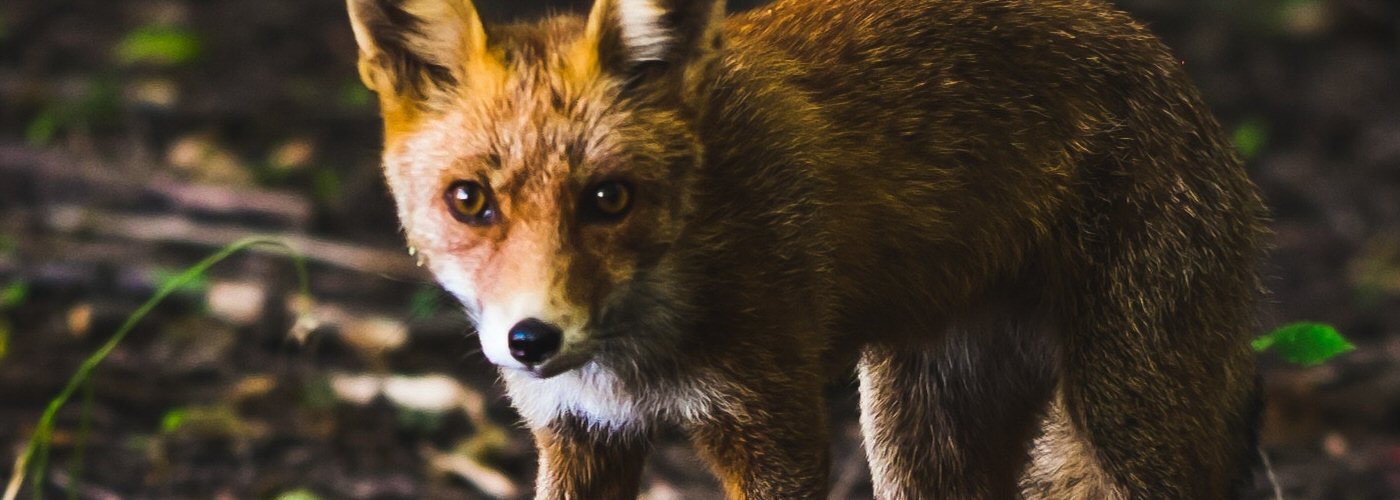

Hurricanes are apart of our natural environment in which wildlife has adapted. Most species and habitats can quickly rebuild after a hurricane passes through; some species and habitats even flourish. The latest science connecting hurricanes and climate change suggests that tropical storms and hurricanes are likely to bring higher wind speeds, more precipitation, and bigger storm surge in the coming decades. This will also make it more difficult for regions and wildlife to bounce back. Major flooding can devastate ecosystems, and strong hurricane winds wreck forests, which causes downed trees, snapped trunks, and stripped leaves. Damaged forests increase the risk of wildfires, insect infestation, and ruin homes to many plants and animals. Also, dead trees decompose, which releases carbon dioxide into the atmosphere, therefore worsening climate change.
In October 2012, Hurricane Sandy struck the East Coast of the United States. Sandy not only produced widespread devastation and destruction of property, but also caused widespread ecological damage. Heavy rain and wind caused massive flooding and erosion of coastal and river national wildlife refuges from North Carolina all the way up to Maine; over 40 refuges were damaged! Flooding of marshes interrupted breeding habits of many coastal bird species, including Atlantic Coast Piping Plovers. Hurricanes, like Sandy, can disrupt bird migrations as well as blow sea birds inland, which causes them to end up hundreds of miles away from their coastal habitat.
Usually, wildlife seek safety and may move several miles from their original habitats before or during a hurricane. When the storm weakens or moves away, species that moved (or even blown in), will likely stay in their new area. Some may return to their formal habitat. Trees with limbs ripped off by the winds can be doctored by some birds and make for a new home. Also, some of the storm debris from trees and shrubs can be made into a brush pile, which will benefit many species including birds, reptiles, insects, amphibians and small mammals. Furthermore, a good bit of information is that the removal of damaged trees in the wake of storms will likely remove even more habitat than what the storm removed!